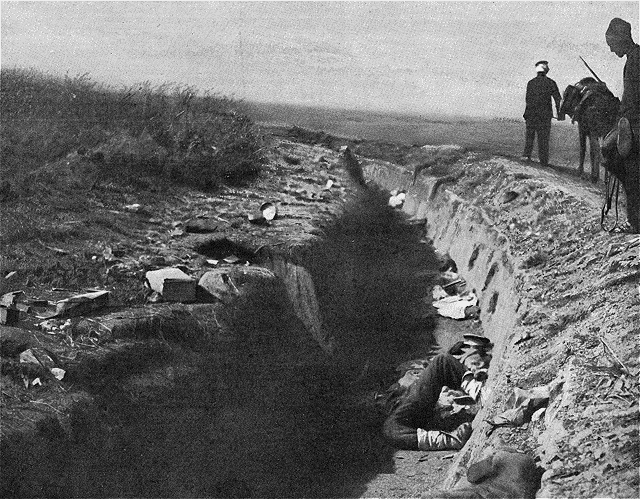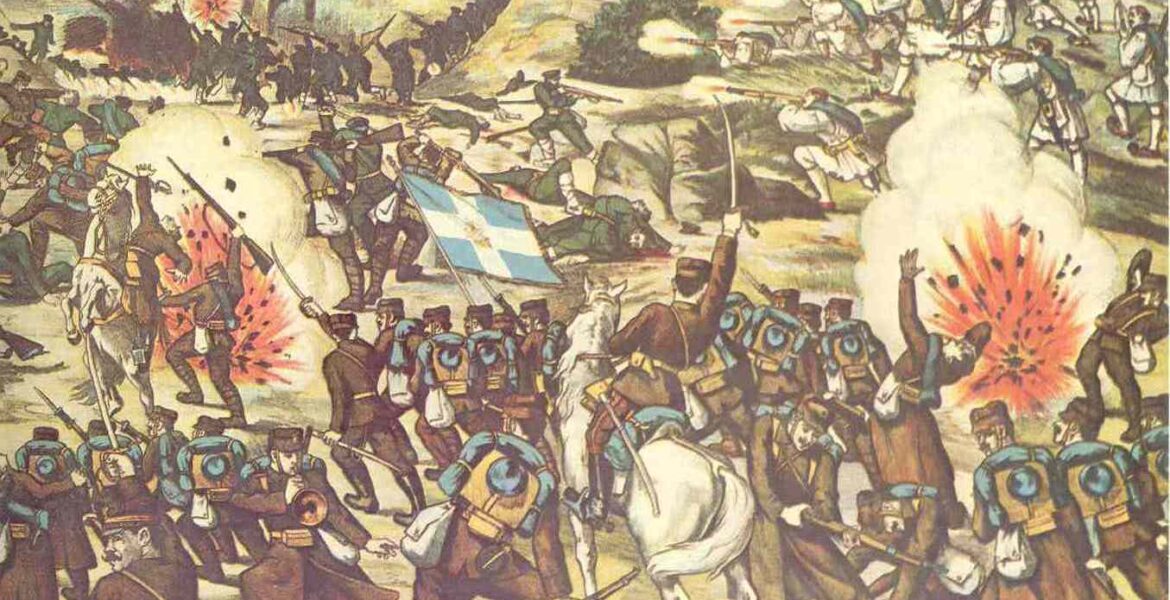At the end of the Fist Balkan War (1912-13), the Bulgarians seized Kilkis from Ottoman control.
Not long after, Bulgaria turned on their former allies - Greece, Serbia and Montenegro (the Balkan League), and launched the beginning of the Second Balkan War in an effort to capture more territory.
On 15 June, the Bulgarian Army took orders to advance towards Thessaloniki.
The Greeks stopped them and by 18 June an order for general counterattack was issued.
The next day, the 10th division attacked toward the heights of Kallinovo north of Lake Artzan while the 3rd, 5th, 4th and 2nd divisions attacked toward the area of Kilkis.
The 6th and 1st divisions attacked toward Lachanas and the 7th division toward the Karakoli saddle and Nigrita. The Cavalry brigade operated between the 10th and 3rd divisions.
One of the more ferocious battles of the Second Balkan War was the Battle of Kilkis-Lachanas in Macedonia, just tens of kilometers north of Thessaloniki.
After three days of combat, that began on June 19, the Greek Army emerged victorious, liberating the town of Kilkis.

It was one of the bloodiest military battles in Greece's Modern History, with almost 9,000 Greek casualties (dead and wounded).
Greece's victory here ultimately dealt a decisive blow to Bulgaria's aspirations in Macedonia and elsewhere in Northern Greece.
Instead of Greece's northern neighbour capturing more territory, they actually contributed to the liberatation of more land.

The conclusion was a triumph for the Greeks and boosted the popularity of the new King.
Due to its significance for the Greeks, the Battle of Kilkis gave its name to a Greek battleship, the Kilkis, in 1914.
The battle is also commemorated at the Kilkis War Museum and the Battle of Lahanas Museum.
READ MORE: Greek police arrest foreign nationals for human trafficking.

